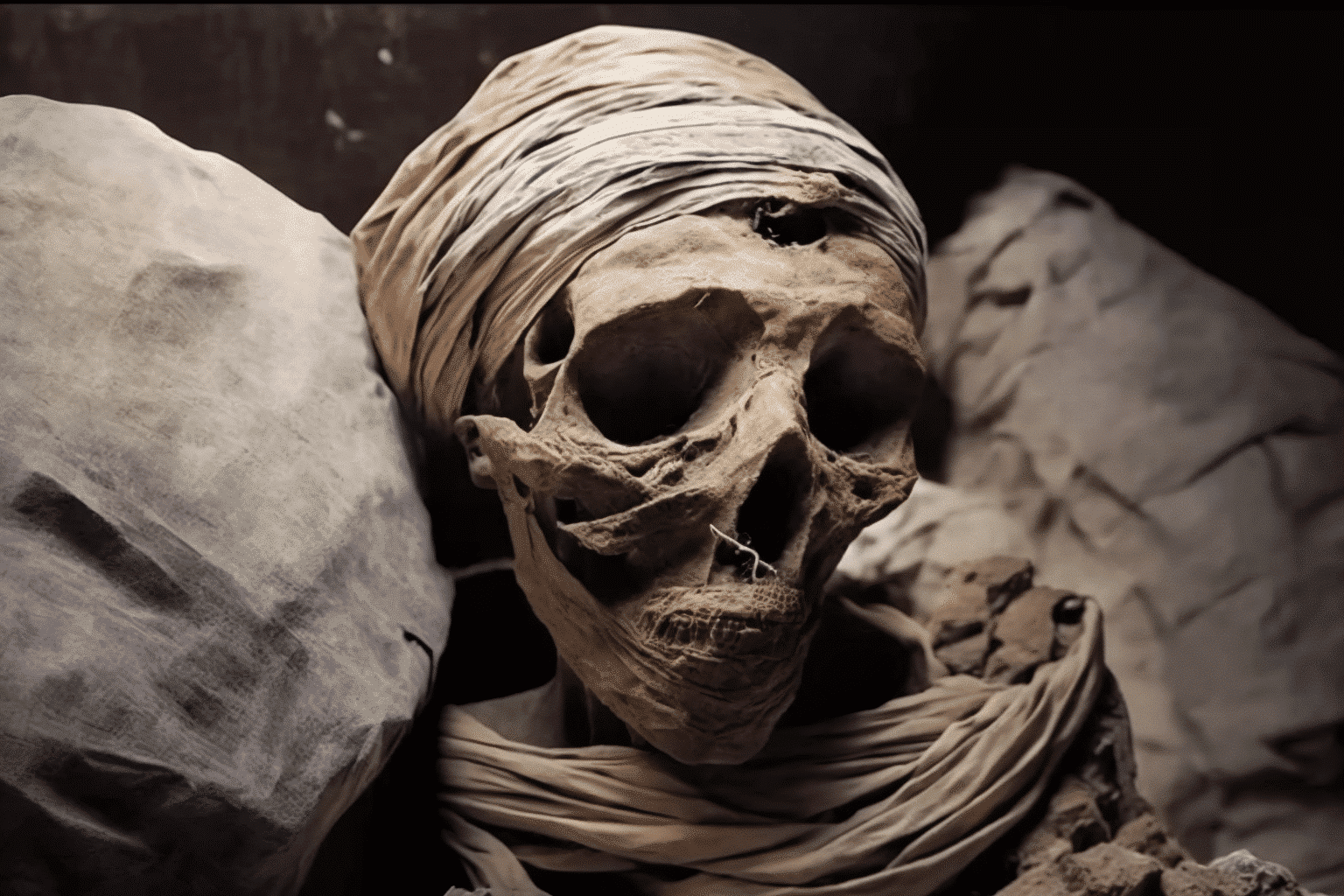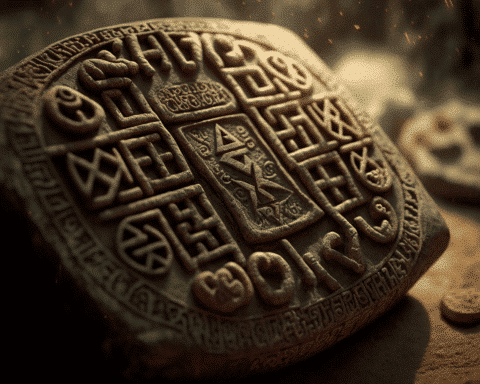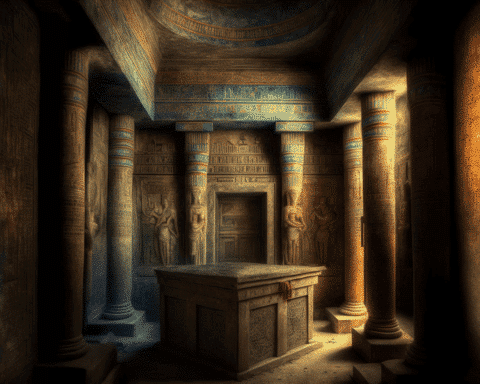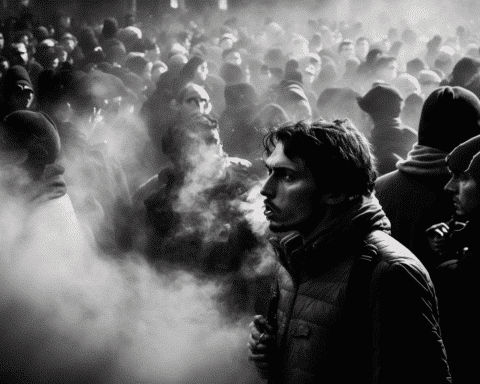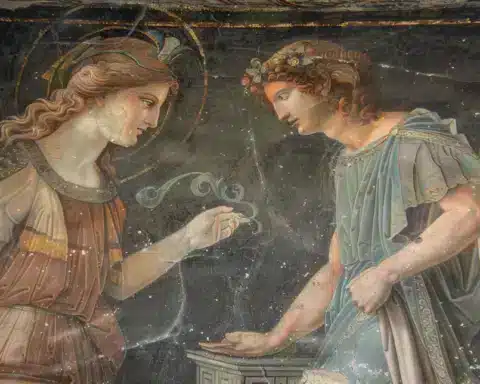Peruvian archaeologists discovered a mummy dating back over 1,000 years on the outskirts of the country’s modern capital. The finding adds to the numerous discoveries from pre-Inca times in the region.
The mummy is thought to be that of an adolescent and was discovered in an underground tomb wrapped in a burial bundle. Alongside the mummy were ceramics, rope, and preserved fragments of skin and hair.
According to archaeologist Yomira Huaman, who leads the Cajamarquilla research project associated with the Universidad Nacional Mayor de San Marcos, the mummified adolescent was well-preserved.
While Peru is most famous for the Inca royal sanctuary of Machu Picchu, it was also home to several pre-Hispanic cultures that flourished before the rise of the Inca empire, particularly along the central coast and within the Andes.
The adolescent is believed to have lived between 1,100 and 1,200 years ago and may have been part of the Lima or Ichma cultures. Huaman noted that the mummy was found approximately 200 meters (220 yards) from the first Cajamarquilla mummy, which was uncovered last year.
The archaeological site also contains the remains of eight children and 12 adults who were likely sacrificed around 800-1,200 years ago.
The expansive Cajamarquilla complex includes the ruins of four pyramids and other structures, such as maze-like walls. It is the second-largest mud-brick city in Peru, following Chan Chan in the country’s north.
Cajamarquilla was possibly inhabited by people from both the coastal regions and the Andean highlands, according to Huaman. Situated about 20km (12 miles) from Lima in a dry region, the site is believed to have been a bustling trade center.
The Cajamarquilla archaeological site continues to be an area of significant interest for researchers studying pre-Hispanic cultures in Peru. The discovery of the adolescent mummy and other regional findings contribute to a deeper understanding of the complex social, economic, and cultural interactions among various pre-Inca civilizations.
Further excavations and research at the site are expected to reveal more about the people who lived there, their customs, and their way of life. Archaeologists can gain insight into these ancient civilizations’ cultural practices and technological advancements by analyzing artifacts such as ceramics and textiles and architectural and urban planning features.
Preserving and studying sites like Cajamarquilla is essential for scientific research and promoting cultural heritage and tourism. As more discoveries are made, it is hoped that the knowledge gained will be used to educate the public and inspire future generations about the rich history of Peru and its diverse pre-Hispanic cultures.
In recent years, the Peruvian government has been working to preserve and promote its archaeological sites to safeguard its cultural heritage. The country aims to balance sustainable tourism development and protect its invaluable archaeological treasures through collaborative efforts with international organizations, local communities, and educational institutions.
